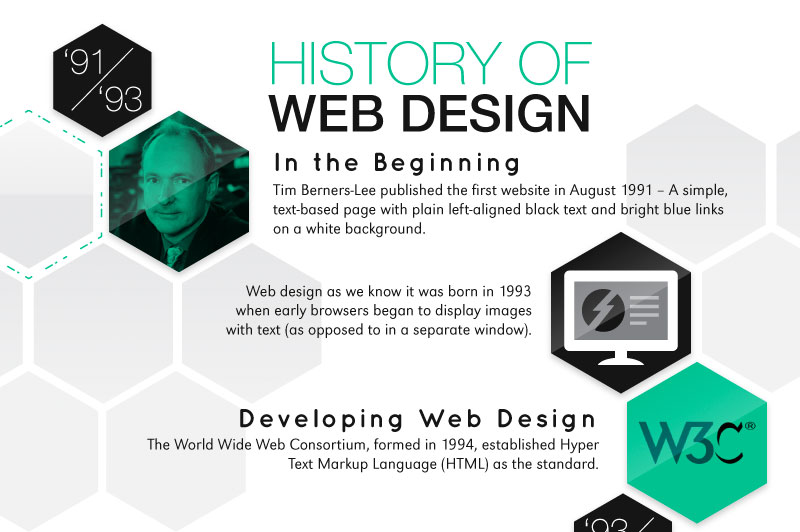Core Principles Of Site Style: Suggestions For Crafting A User-Friendly Online Visibility
Core Principles Of Site Style: Suggestions For Crafting A User-Friendly Online Visibility
Blog Article
organic search engine optimisation -Hovmand Secher
When it pertains to site layout, ensuring user-friendliness is essential. From receptive design to streamlined navigating, every element plays a vital role in producing a website that accommodates your target market's requirements. Yet what concerning the finer information that can make or damage a customer's browsing experience? Keep tuned as we discover some often-overlooked tips that can raise your internet site's usability to the following degree, making it absolutely stick out in the electronic landscape.
Importance of Responsive Style
Receptive style is a vital aspect of modern-day website growth. Ensuring your internet site is responsive ways that it can adapt to different screen sizes and gadgets, giving a seamless experience for customers.
With the boosting use of smartphones and tablets to access the net, having a receptive design is vital for reaching a broader target market. It aids in boosting individual experience by making your site very easy to navigate and read on any kind of tool.
Furthermore, receptive design can positively affect your search engine rankings, as online search engine like Google focus on mobile-friendly internet sites. By having a responsive design, you're additionally future-proofing your web site, as brand-new tools with differing display sizes remain to emerge.
Simplify Navigating Structure
To enhance user experience and promote easy accessibility to info on your website, enhancing the navigation framework is extremely important. When designing your website, concentrate on producing a clear and user-friendly navigating menu that helps visitors locate what they're looking for quickly.
Limitation the variety of menu things to the fundamentals, organizing associated pages together to avoid overwhelming users. Use detailed tags that plainly show the content of each page, making it easier for customers to comprehend where each link will take them.
Take into consideration carrying out dropdown food selections for subcategories to avoid cluttering the main navigating bar. Additionally, consist of a search bar prominently on the web page for users that choose looking for specific info.
Focus on mobile responsiveness in your navigating style to guarantee easy gain access to on all tools.
Optimize Web Page Load Rate
Improving page tons rate is vital for preserving visitors on your web site. Slow-loading pages annoy customers and can bring about high bounce rates. To optimize web page lots speed, begin by enhancing images. Compress pictures without endangering quality to decrease their data sizes.
In read this post here , make it possible for internet browser caching to save regularly accessed resources locally, accelerating lots times for returning visitors. Minify CSS, JavaScript, and HTML data by getting rid of unneeded characters, comments, and format, boosting load speed.
Think about utilizing a web content shipment network (CDN) to distribute your site's content across several web servers worldwide, decreasing latency for individuals accessing your site from various places. Finally, limit making use of third-party scripts and plugins, as they can dramatically influence load times.
Final thought
To conclude, by incorporating receptive layout, simplifying navigation, and enhancing page tons rate, you can produce an user-friendly site that attract a wider target market and improves user experience. These essential elements make sure that site visitors can conveniently accessibility and browse your site across different tools, causing increased engagement and contentment. By concentrating on these essential aspects, you can build a successful site that keeps users returning for more.
